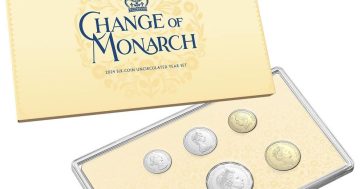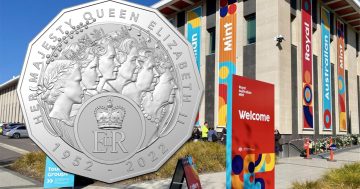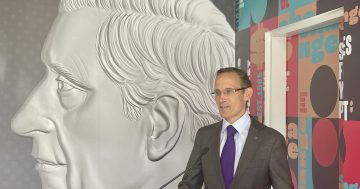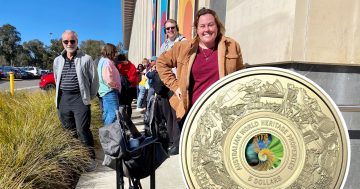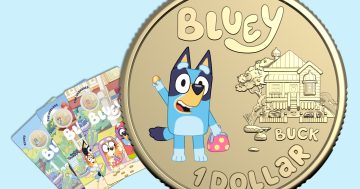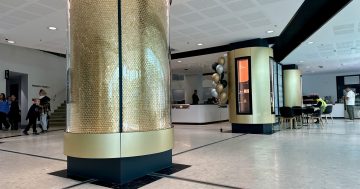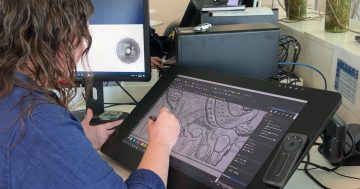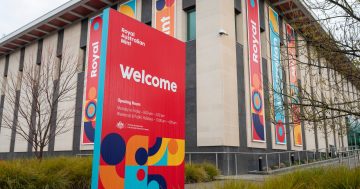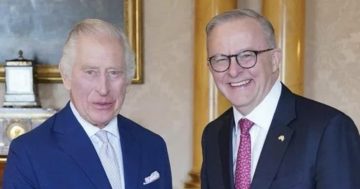
A gift fit for a king. Photo: James Coleman.
King Charles III will receive a parcel from his southernmost dominion soon, containing the first full set of Australian coins to bear his image.
Royal Australian Mint CEO Leigh Gordon personally oversaw the minting of a 50-cent coin this week, before it was boxed up alongside its five, 10, 20-cent and $1 and $2 counterparts and sent to the King.
It’s a precedent set by the King’s father, Prince Phillip, who declared the Mint open while on royal tour with the Queen on 22 February 1965, a few days after Australia officially transitioned to our own decimal currency.
“The first complete set of decimal coins that were minted by the Royal Australian Mint were passed to Prince Philip as a gift, and we’re continuing that tradition today by producing a set of proof-grade, high-quality coins that really represent the workmanship here,” Mr Gordon said.
Since the death of the Queen in September 2022, the Mint has been working with the Royal Mint and Buckingham Palace in the UK to transition to an effigy of her successor, King Charles.
“We were able to release the $1 coin last year into the public and there are several million of those out there,” Mr Gordon said.
“And then we’ve gradually been releasing the other denominations across this year.”
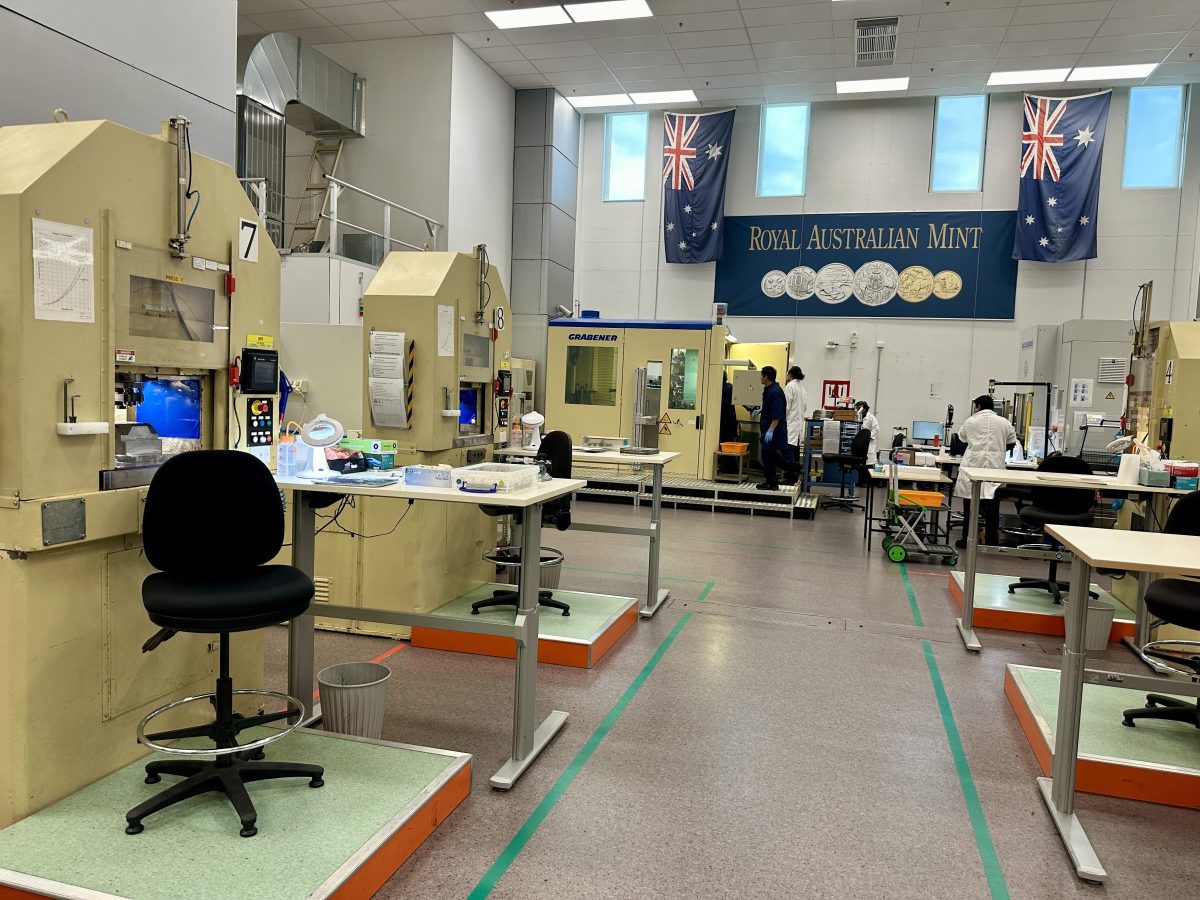
Inside the Mint’s proof hall. Photo: James Coleman.
Australian coins have worn six different effigies of the Queen over her reign, each facing left, to the point Mr Gordon says the Mint is “good at the process now”. In keeping with long-standing tradition, the new King’s effigy switches to face right.
The 2024 Six-Coin Proof Year Set is the first time the King has appeared on all six coins, but they’re not your average quality.
“These are proof-grade coins,” Mr Gordon says.
“So, here at the Mint, we focus predominantly on making circulating coins. They’re the ones you have in your pocket, and they’re made of aluminium, bronze and copper.”
About 600 circulating coins are pumped out every minute elsewhere in the Mint, for a total of 110 million last year alone. But in the ‘Proof Hall’, between 1.5 and 2.5 million collectable ‘proof’ coins are produced each year through a slower, more deliberate process.
Each blank coin undergoes a chemical and mechanical cleaning process before it’s placed in a press and stamped four times with a force of 110 tonnes to ensure every tiny detail is faithfully produced. It’s then examined for defects under harsh light.
“There’s a lot more art and craftsmanship involved in the activities we do here in the proof hall,” Mr Gordon adds.
A “long-term decline” in the use of cash in Australia has led the Mint to grow its collectible and investment coin program to compensate. At the same time, and especially in the wake of the Queen’s death, there has been a spike in the number of coin collectors.
“Some of our informal analysis indicates that between one in four and one in five Australians are coin collectors,” Mr Gordon says.
“And we’ve seen larger queues outside for collectible coin release days here at the Mint, so it’s really been quite exciting for us to be able to be a part of that.”

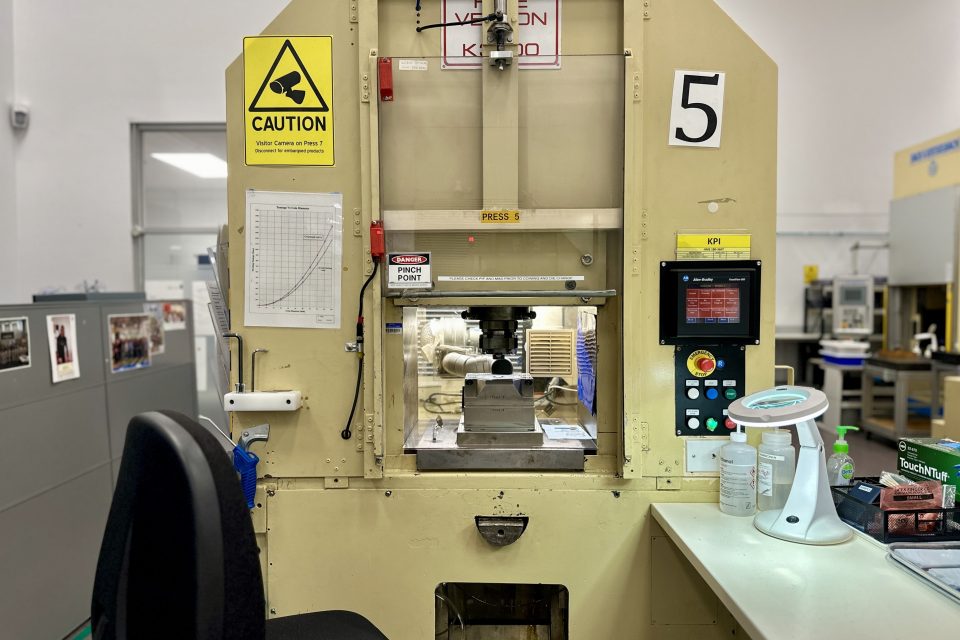
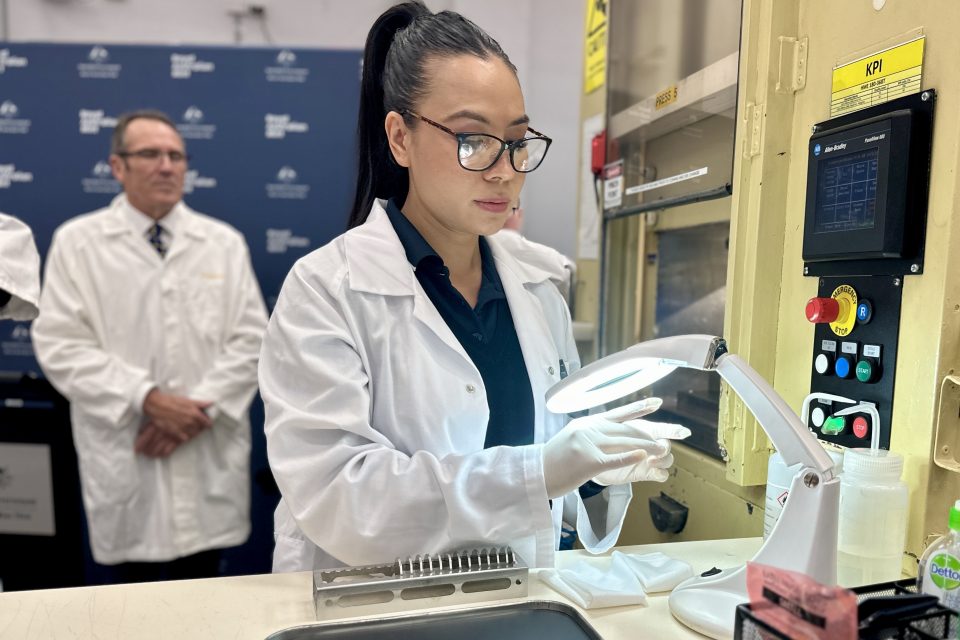
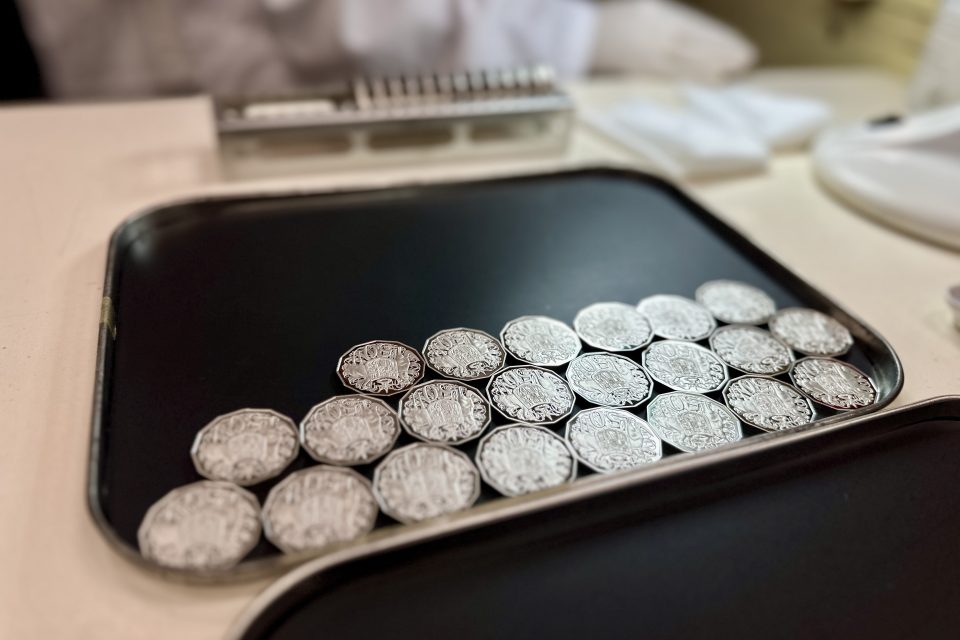
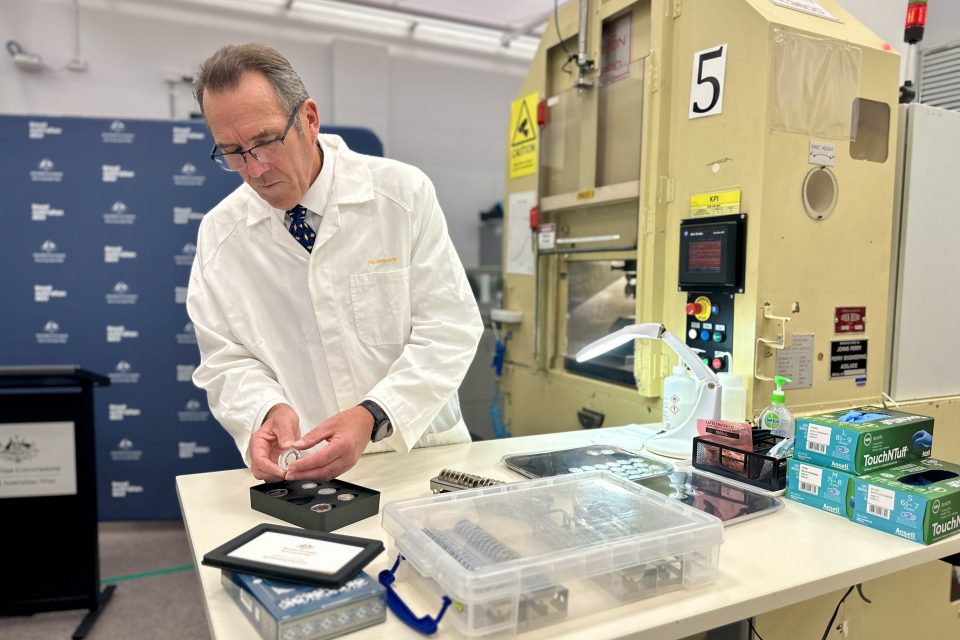
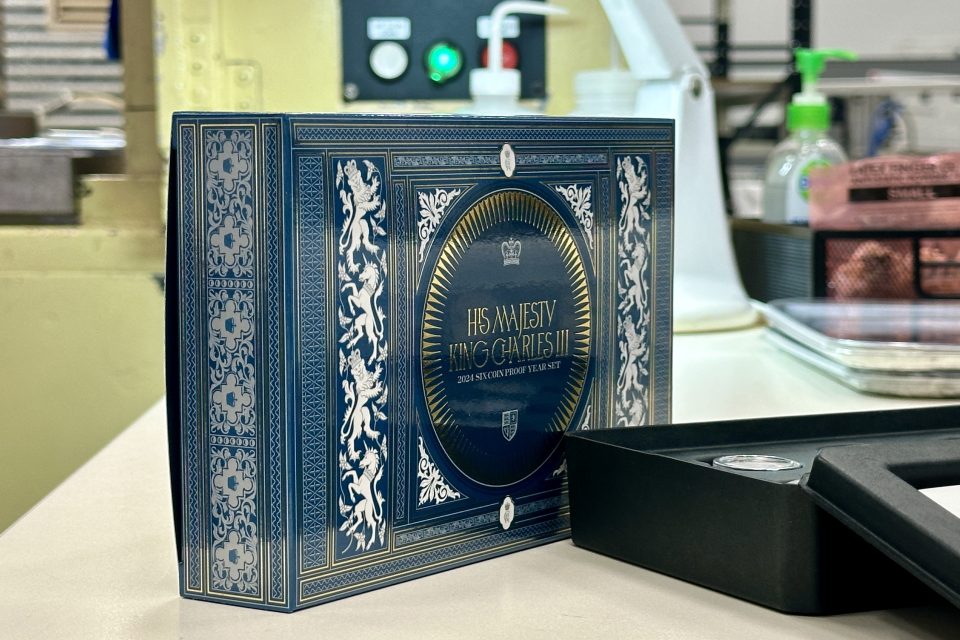
The value of a proof coin is considerably more than its own denomination on the collector’s market, which is why the proof set wears a recommended retail price tag of $150. A cheaper ‘2024 Six-Coin Uncirculated Year Set’ fetches $40.
“But then the market will really determine the price point, and we try not to play in that space. That’s something for other areas of Australian society to be involved with.”
Both sets are available to buy through two separate EQL ballots until 8:30 am, Tuesday, 21 May. Winners will be announced within 24 hours.
Also from Tuesday, 21 May, the sets will be available to buy through the Contact Centre, the Coin Shop located at Canberra Museum and Gallery (CMAG) in Civic, and participating Authorised Distributors.
Visit the Royal Australian Mint website for more information.












